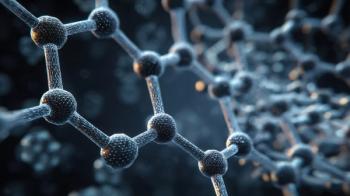
Thermo Scientific ISQ Single Quadrupole GC-MS
Re-think the way your lab operates with the Thermo Scientific ISQ single quadrupole GC-MS system. The ISQ? GC-MS incorporates a source design that lets your system stay cleaner, longer. With heat throughout the ion optics, the ISQ GC-MS system can analyze more dirty samples per day, with maximum uptime.
Unstoppable Productivity
The Thermo Scientific ISQ single quadrupole GC-MS system offers rugged and reliable performance and nonstop productivity. The ISQ GC-MS system provides simplified operation and minimum downtime for uninterrupted productivity in routine GC-MS applications including forensics, toxicology, food safety and environmental. A highly robust and rugged system, the ISQ GC-MS features the new ExtractaBrite™ removable ion source designed to provide maximum uptime and productivity by increasing the length of time between required source maintenance. In addition, the ISQ GC-MS offers the ability to remove the entire ion source without venting the analyzer to allow 24/7 operation.
Learn more at
Newsletter
Join the global community of analytical scientists who trust LCGC for insights on the latest techniques, trends, and expert solutions in chromatography.




